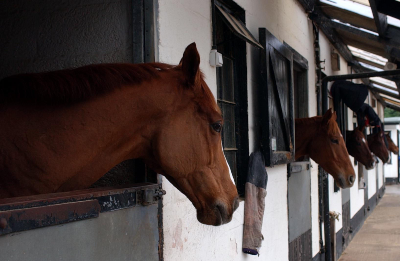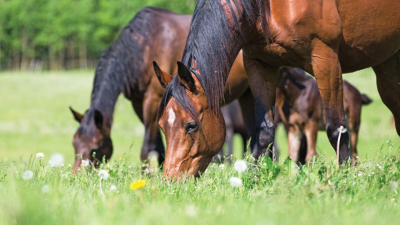For the highest performing horses, a career at stud beckons as the parents of the next generation. An increasing number of racehorses, however, go on to successful second careers after retiring from the track.
Retired Horses
There are currently over 10,000 horses registered with Retraining of Racehorses (British Horseracing’s official charity for the welfare of former racehorses) as active in other equine disciplines outside of racing, including Polo, Showing, Dressage and Eventing, as well as those horses happily engaged in hacking and exercising.
Whilst every horse is different and some will be more suitable to certain equine pursuits than others, in general thoroughbreds have even temperaments and are athletic, intelligent and durable. These qualities together with the constant handling they experience during their racing career means that with the right retraining, facilities and on-going care, new owners find having a former racehorse extremely rewarding.








